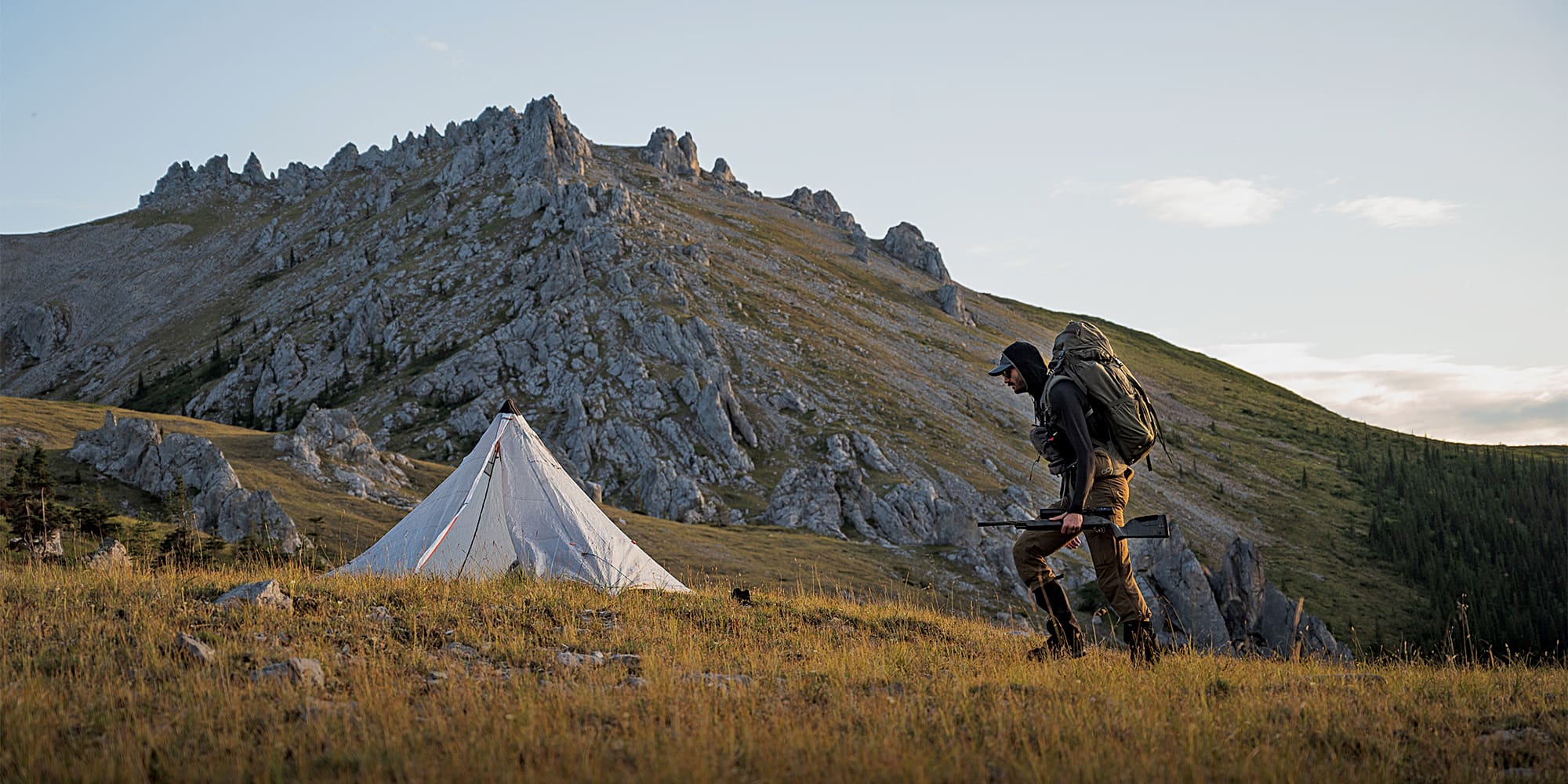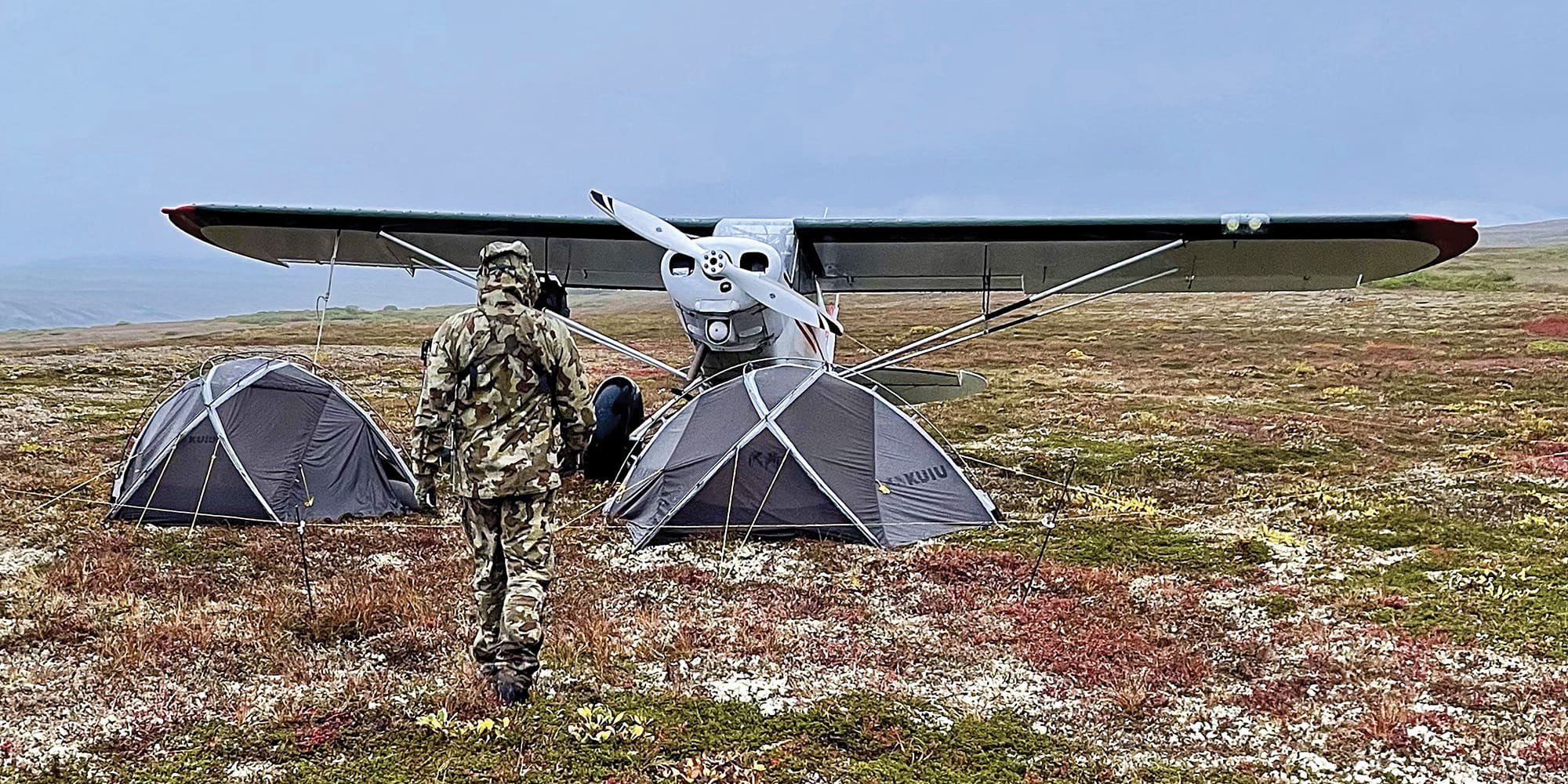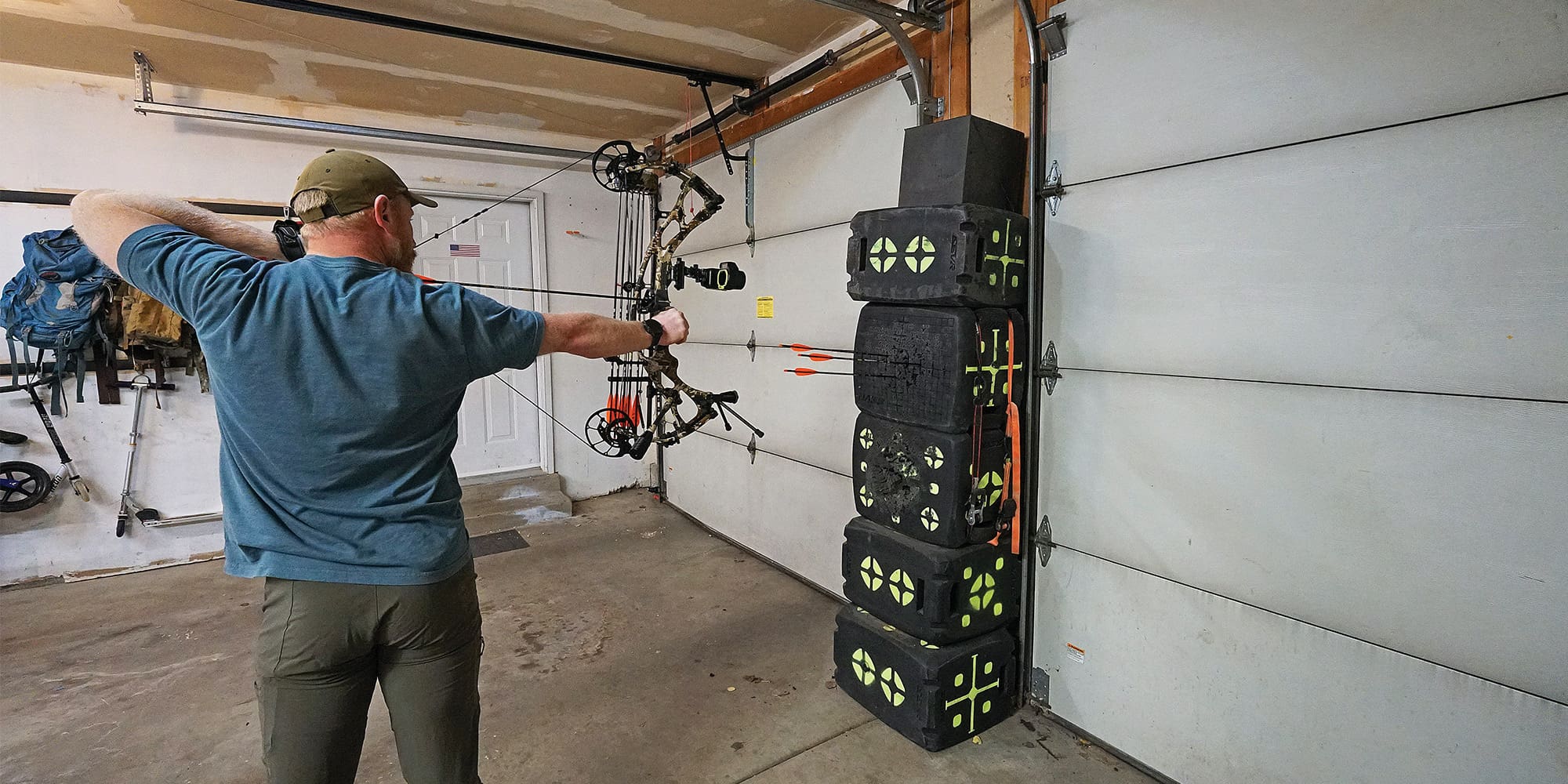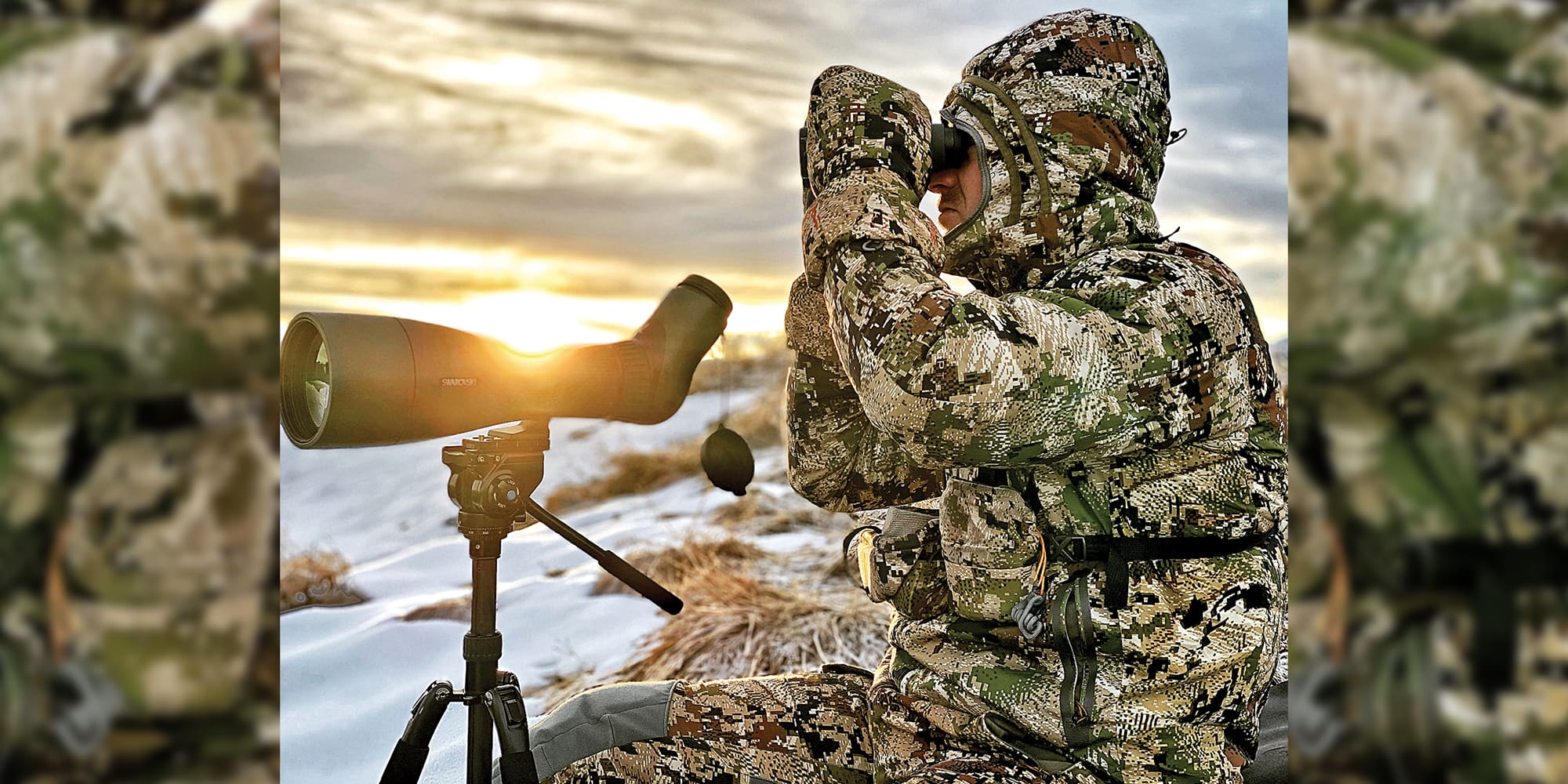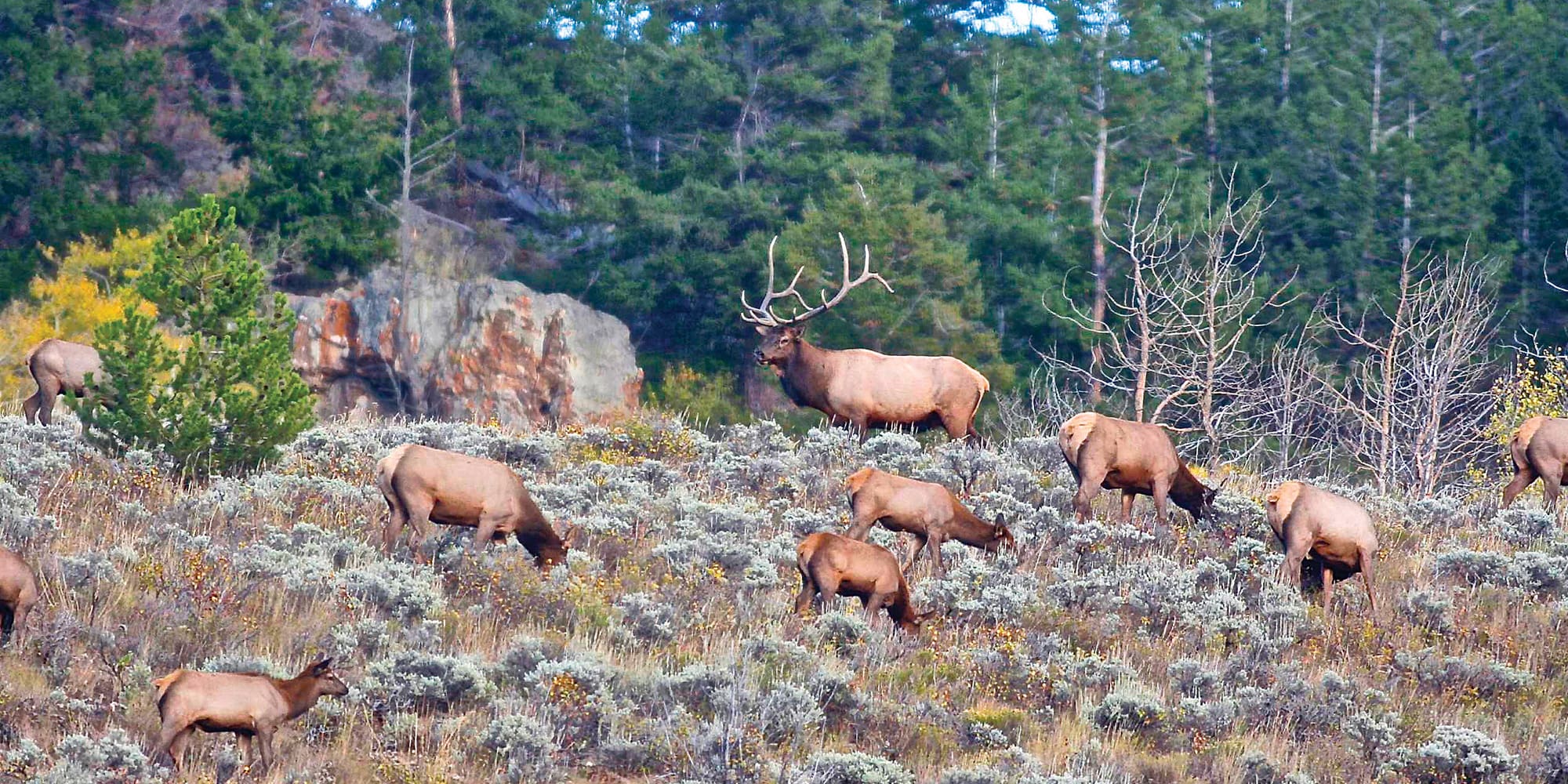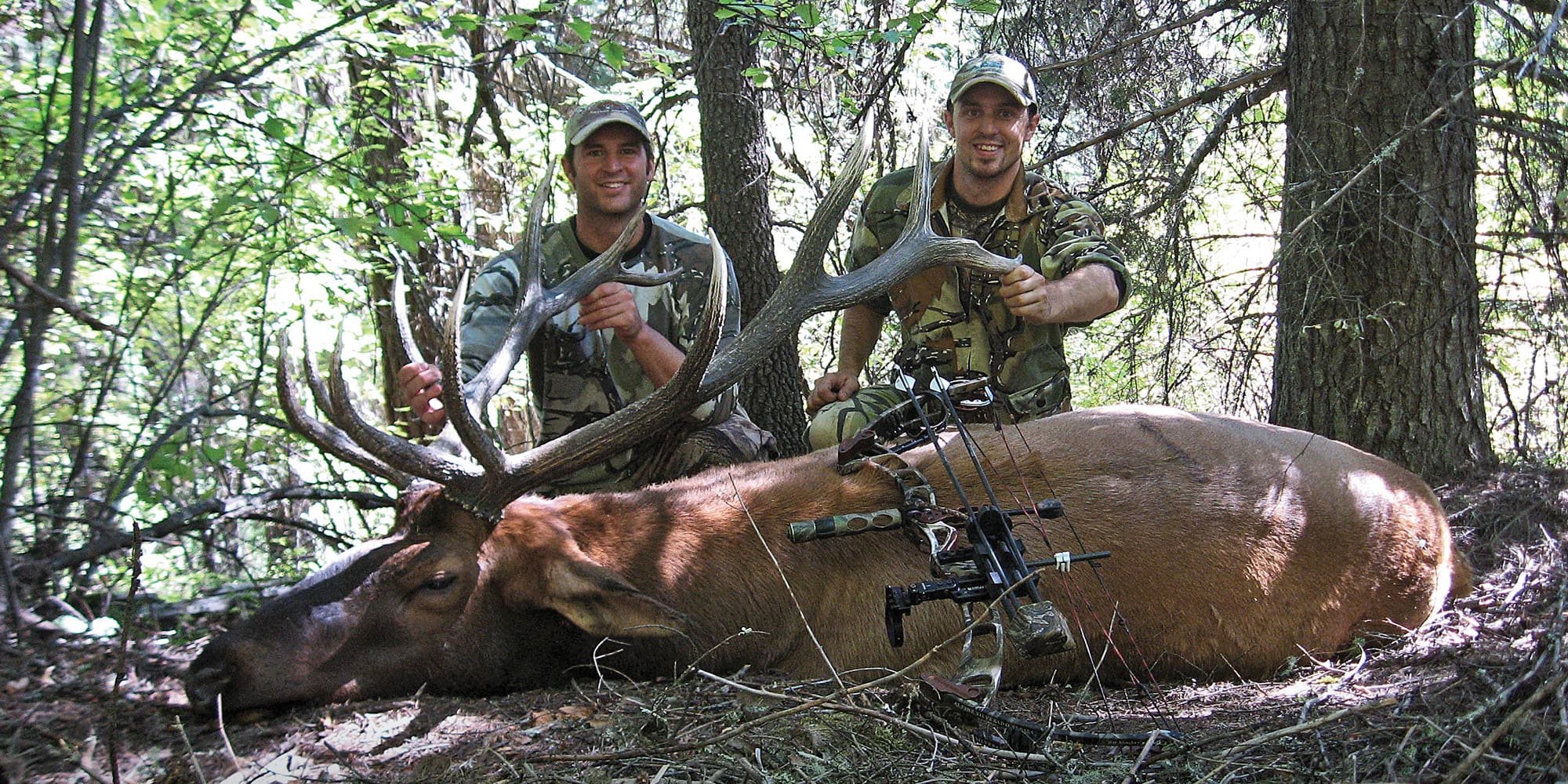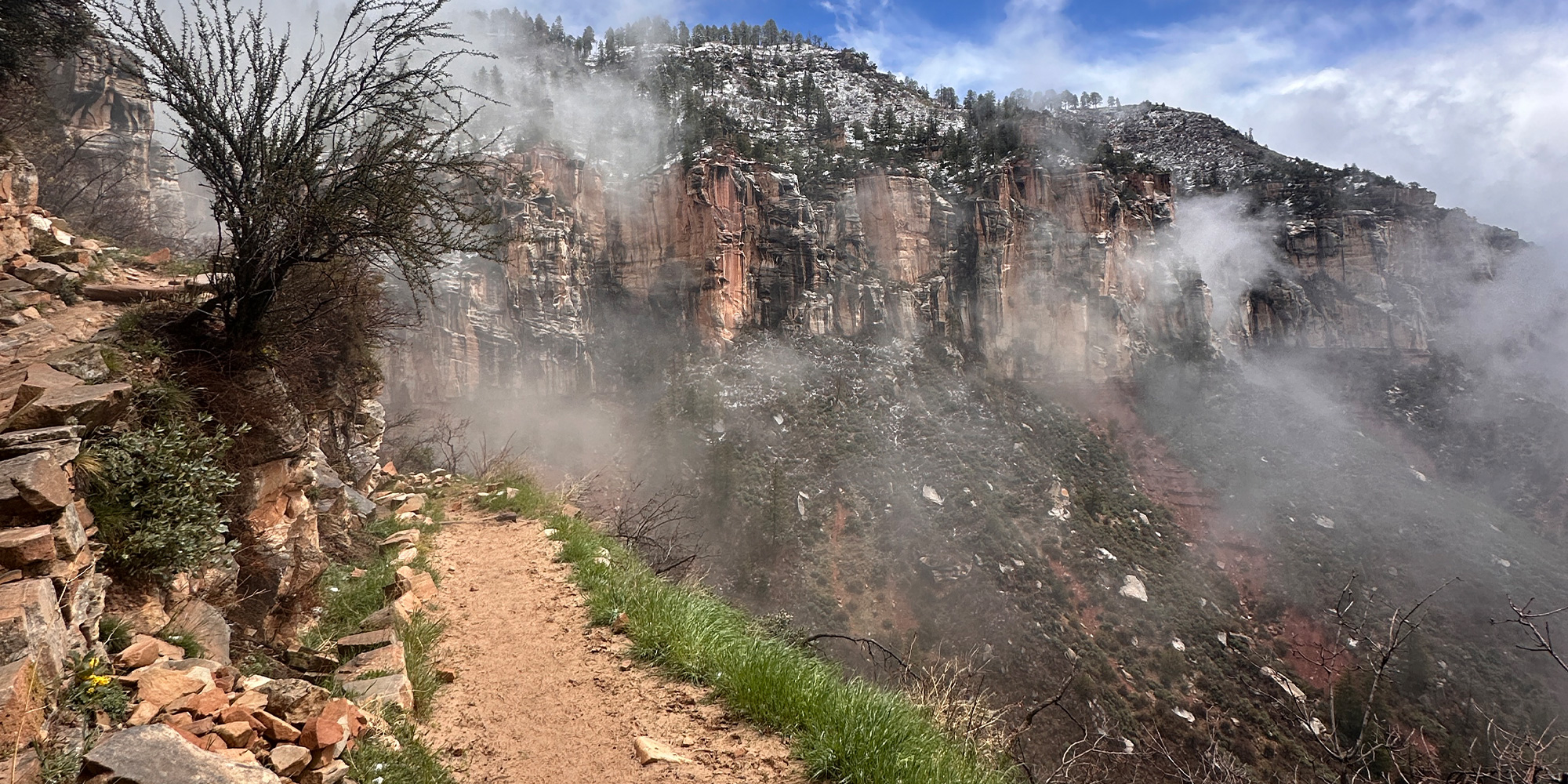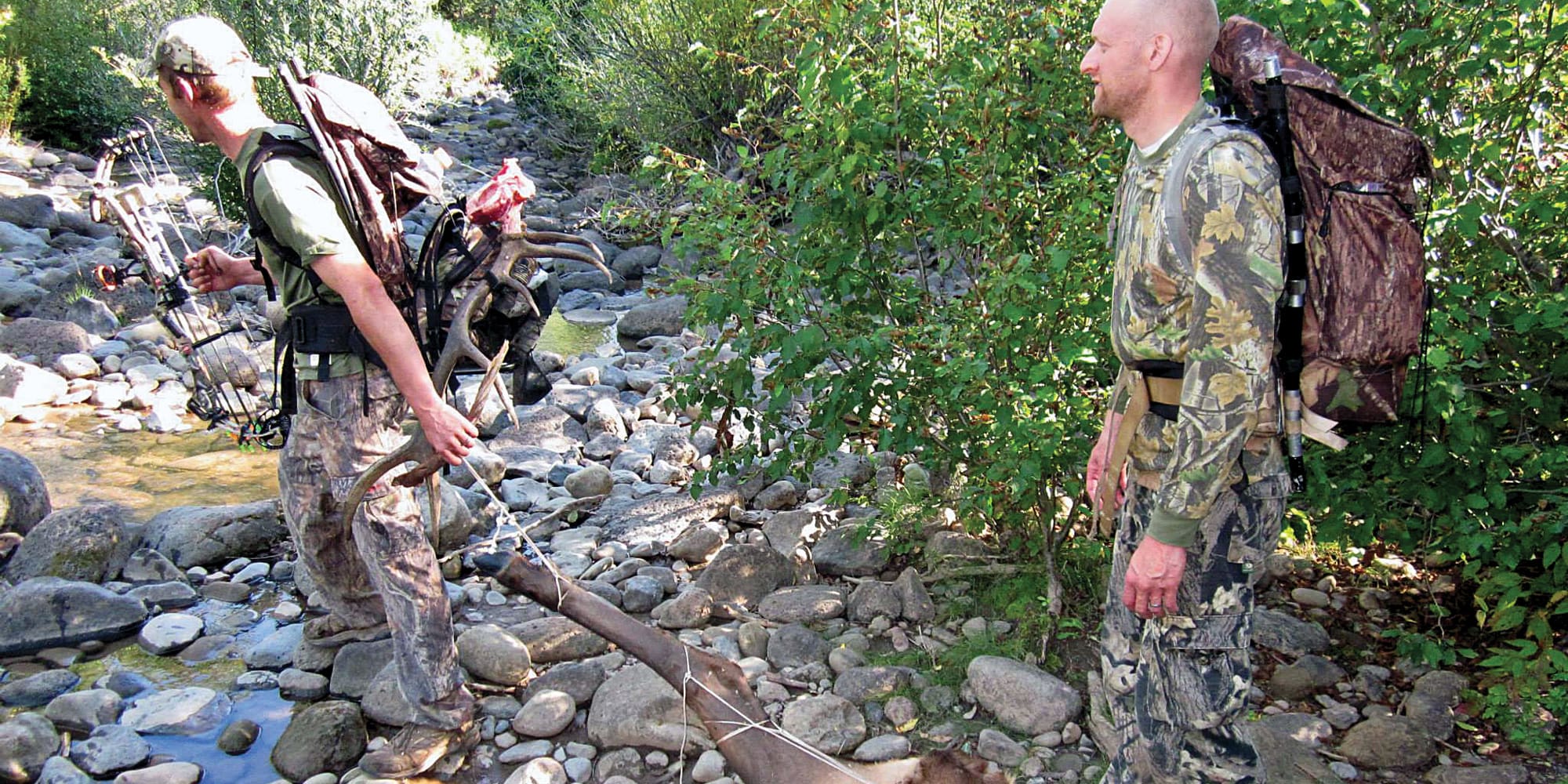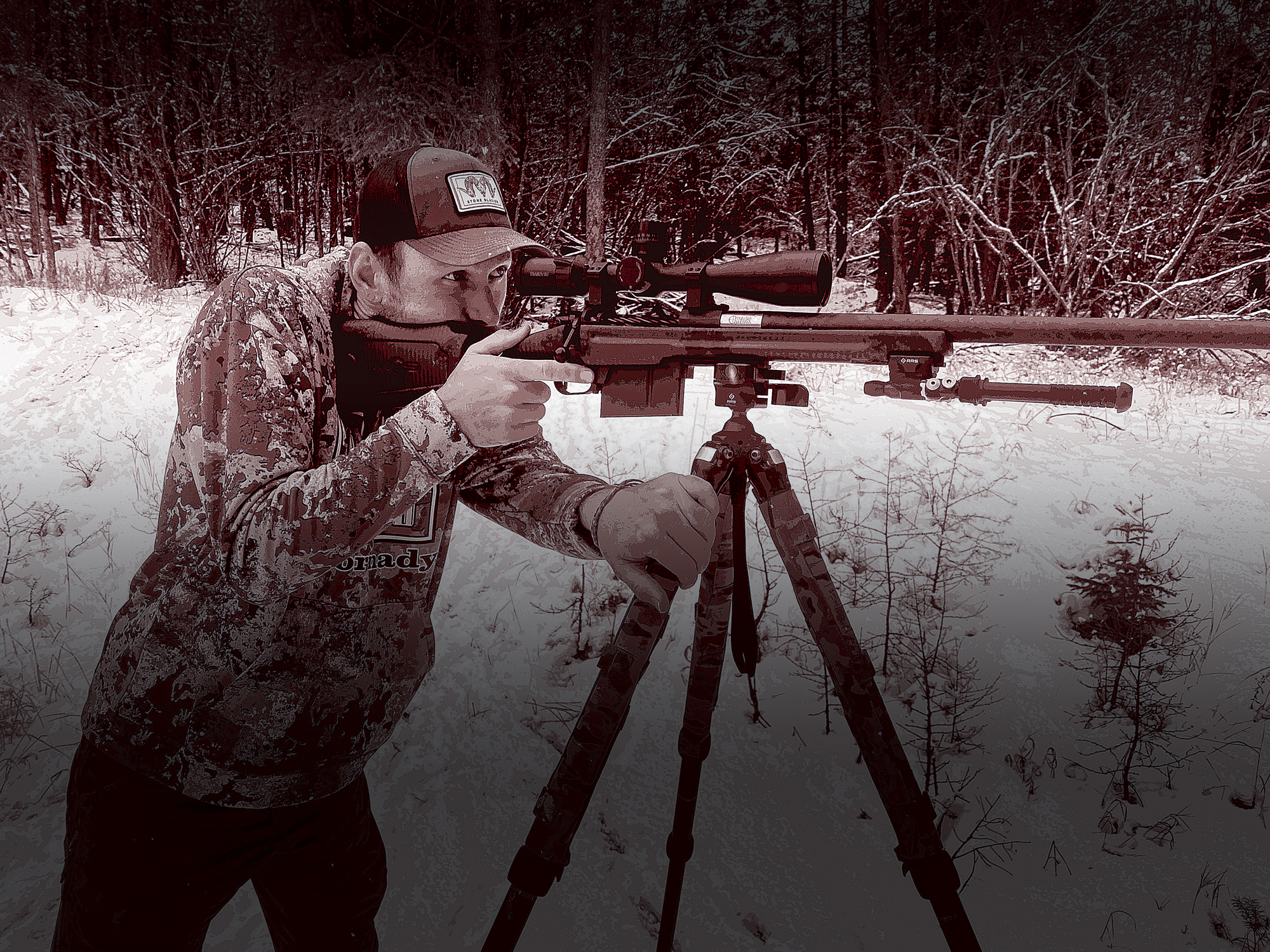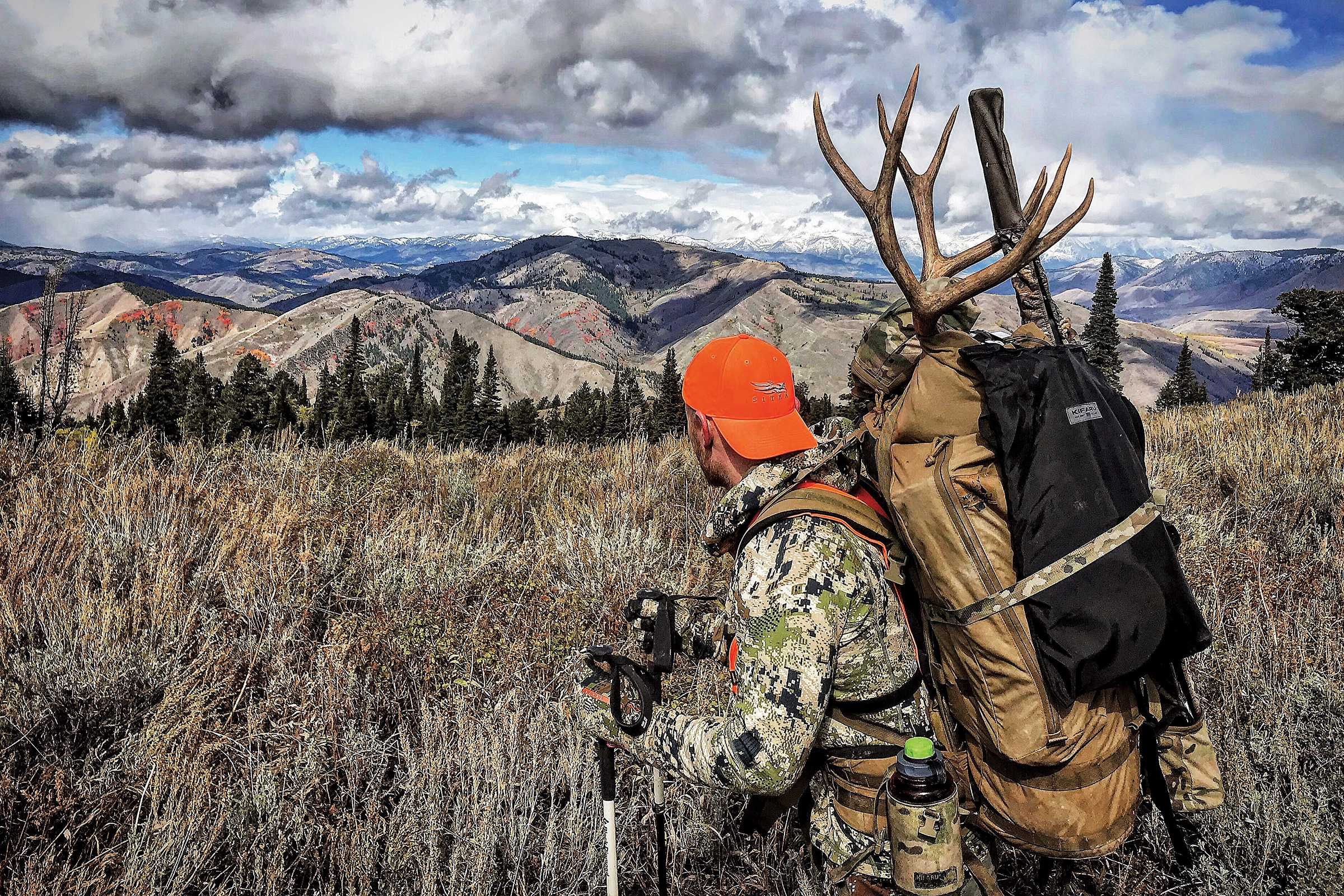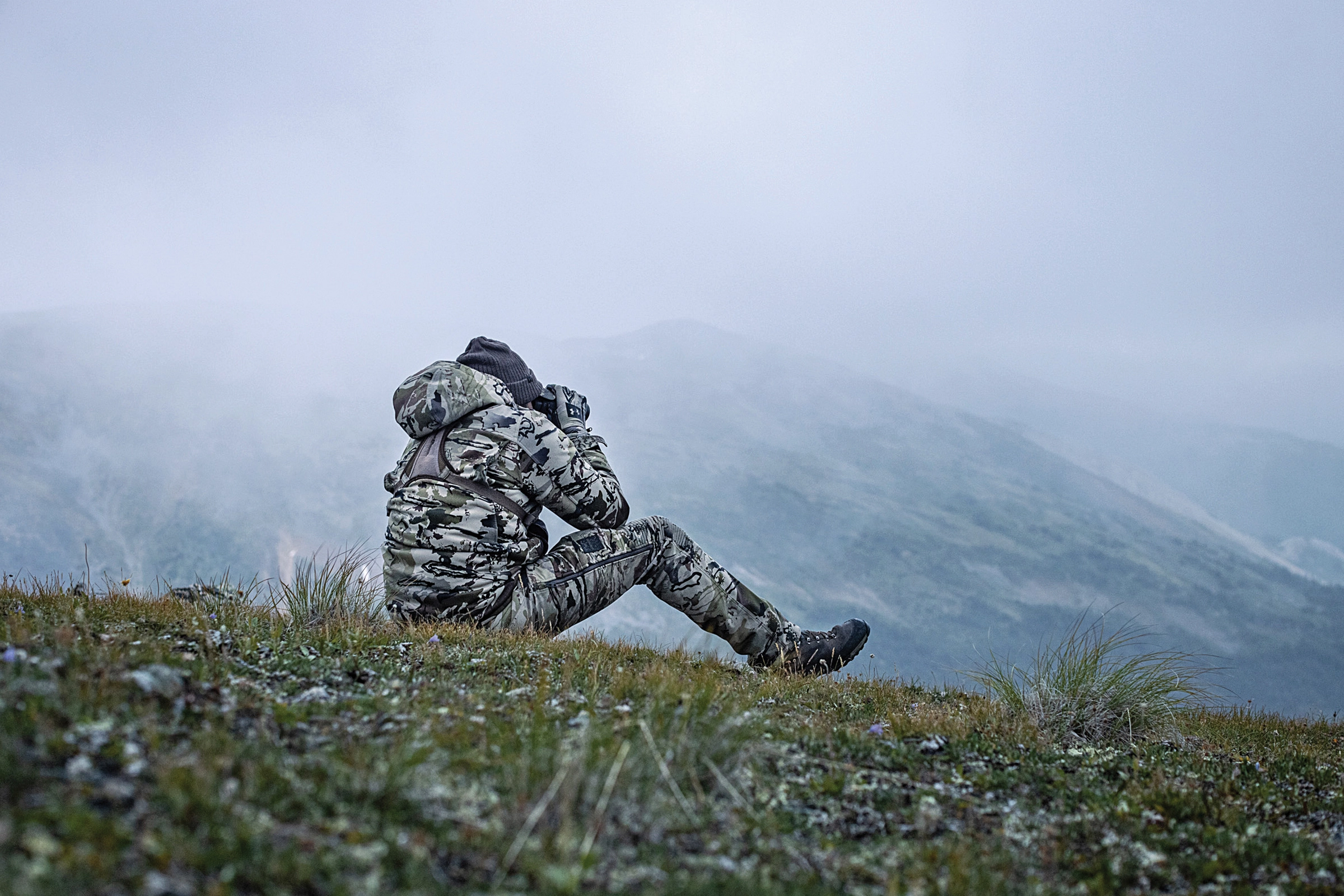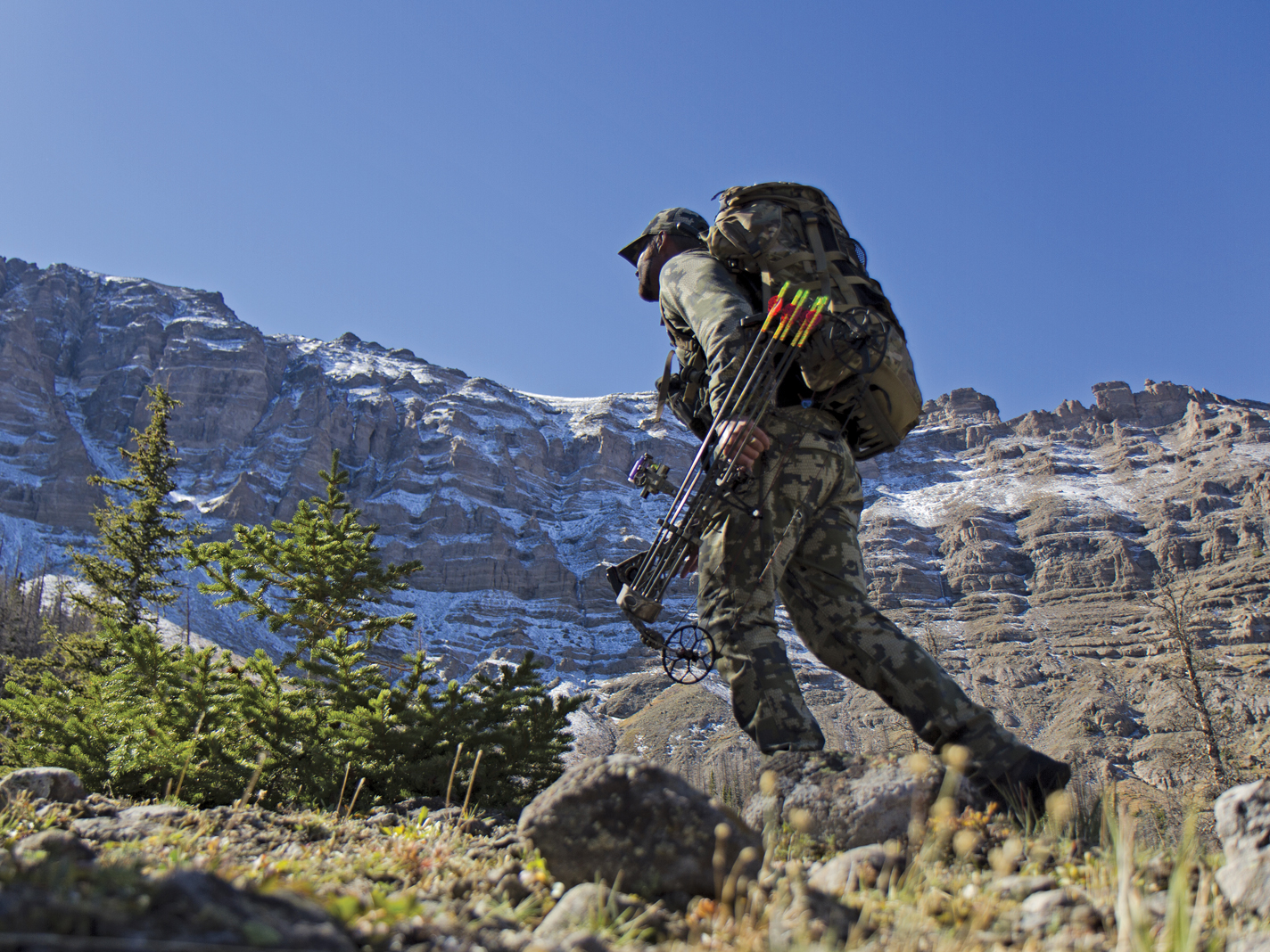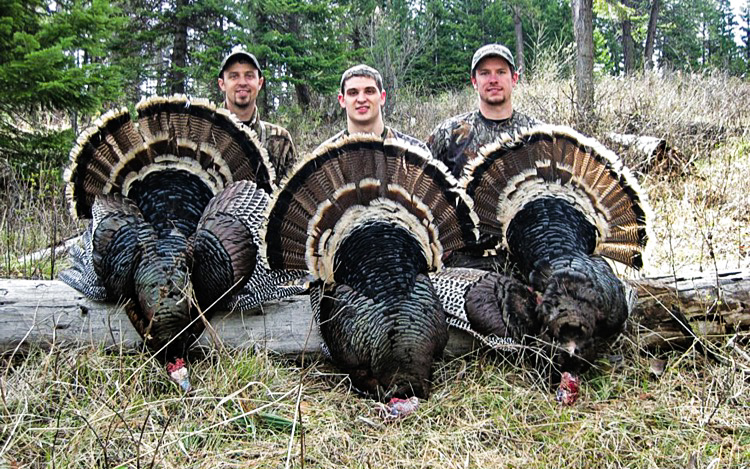
NOTICE: Certain links on this post may earn a commission for Western Hunter Magazine from Amazon or our other affiliate partners when you make a purchase. Thank you for your support.
How Turkey Hunting Can Make You A Better Elk Hunter
As many of you know, pursuing mountain lions and training dogs has become a way of life for me. However, like many other hunters, I hunt year-round for every species I can possess tags for. The truth is that I am a bowhunter at heart, and have been bowhunting elk religiously for over 20 years. Although I have taken nearly all big game species out west with a bow, I consider my true identity to be an archery elk hunter. I also attribute a lot of my success as an elk hunter to the fact that I have hunted and called turkeys nearly all of my life.
The first tag I ever held in my pocket was a turkey tag. My first real “big game” hunting trips were spent following my dad and brother through the woods pursuing turkeys. Throughout my youth, we spent the spring hunting turkeys with family and friends. It was instrumental in my development as a hunter, and many of my most cherished memories afield have come from turkey hunting with my family. We were each allowed two tags a year, which usually kept us hunting all spring.
If you want to be a great hunter, you need to hunt all the time. Being out in the woods is the best way to learn about the game you pursue. It doesn’t matter what species you pursue, or where you hunt. We all need to keep our natural predator instincts honed and keep learning. By the time spring comes around, I am tired of wading through the snow after mountain lions and ready to hunt elk again. Even though there are still five months until elk season, I have the urge to call game and start preparing for fall. I consider spring turkey hunting a sacred time for my family and an essential ritual that keeps me sharp for calling elk.
Turkeys
Fortunately, we have five different subspecies of turkey to hunt in our country. Turkeys are thriving in nearly every state, and no matter where you live, I bet you aren’t far from great turkey hunting. Thankfully, introduction efforts by the Department Of Fish and Wildlife have established three of the subspecies in my home state, and I have harvested all of them without having to travel. Also, many states allow you to have multiple tags a year, which means more hunting opportunities and time to develop as a hunter.
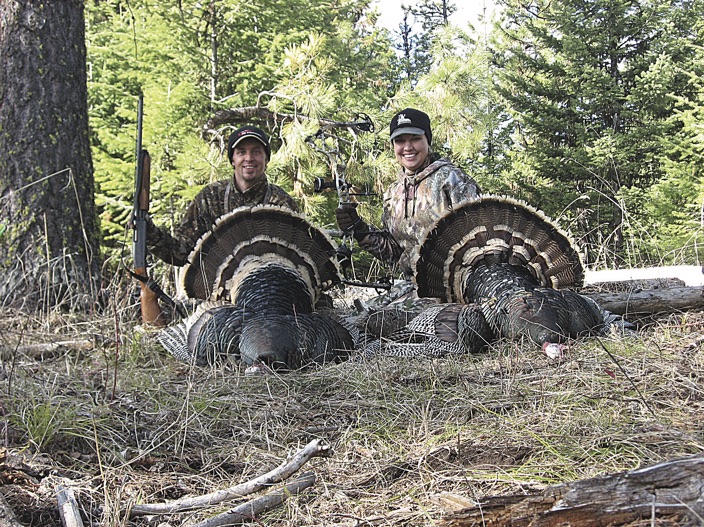
Turkeys mate in the spring and that is when most traditional turkey seasons take place. The toms (males) gather hens into flocks and defend them from other males until they are done breeding for the year. Subordinate toms will shadow large flocks and sometimes be allowed to exist as long as they honor the pecking order. This is very similar to elk mating season with herd bulls maintaining harems of cows and satellite bulls shadowing them daily. Turkeys will respond to both male and female calls and require a calling setup very similar to elk hunting. It doesn’t matter if you spot and stalk, call, or use a combination of the two. There is a myriad of strategies and techniques that can be used, all of which will keep your hunting instincts sharp.
The eyesight turkeys possess is roughly equivalent to eight power binoculars. They can see color so well that camouflage including a facemask and gloves is a must. However, the one thing they don’t possess is a good sense of smell. If turkeys could smell the way elk do, they would be extremely difficult to hunt. Fortunately for the hunter, when hunting turkeys we don’t have to account for the wind as we would hunting elk. As you can see, there are a lot of parallels between hunting elk and turkeys. For me, it’s all about calling them into close range just as I do when elk hunting. They will provide you with countless opportunities to practice setup and calling. I routinely hear people belittle turkey hunting, but during the spring mating season, turkeys are a keen adversary and will challenge even the best hunters.
Open Country vs. Thick Country
Where I live, I can hunt extreme, open country and thick, dense timber country. I have successfully called game, including turkeys, in both extremes. Through my observations and experiences, game is more receptive to calling in thick country where vision is obscured. I believe the curiosity, temptation, and frustration of not being able to see draws game closer. Also, it makes them feel safe to be undercover as they approach. Conversely, we see a lot of game hang up in open country once they reach a vantage point where they know they should be able to see what is making the sounds.
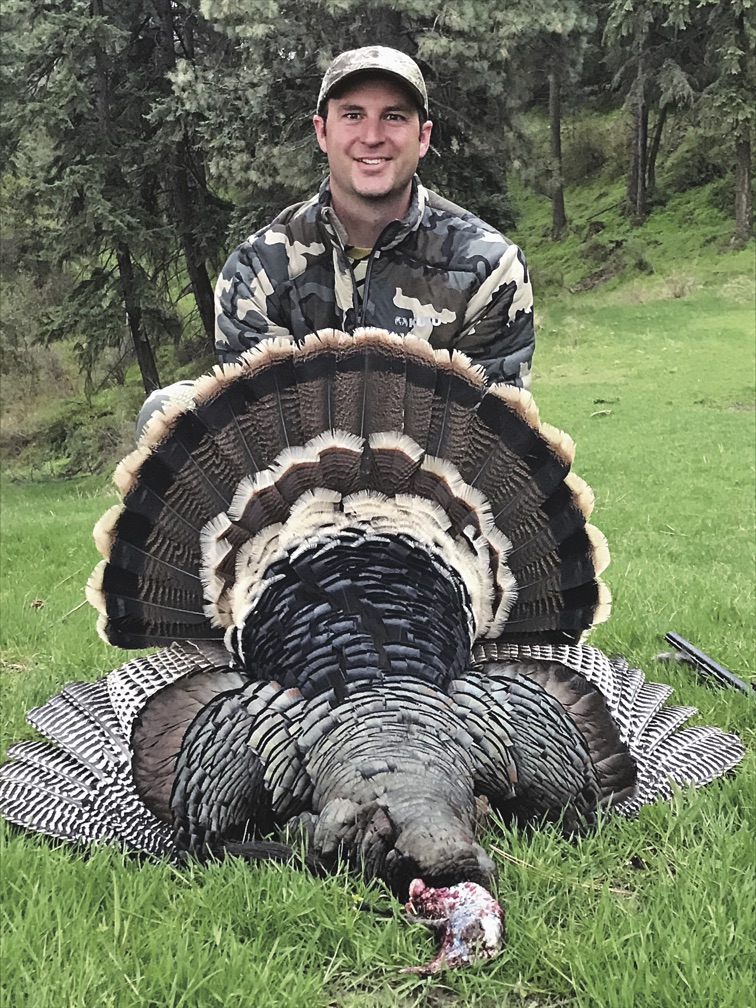
When I hunt in open country, I try to use terrain to obscure vision rather than foliage such as trees, brush, etc. This may come in the form of a knob or a ridge that can serve as a visual blockade. Use what is available on the landscape to obscure vision. Just make sure that whenever they break that blockade, they are in range for you to shoot because they will likely hang up once they break that barrier.
In dense cover, the opposite is true. Have you ever been walking through thick brush or cover and been frustrated– like you would give anything to just hit an opening where you could stand up and see for a minute? Both elk and turkeys feel the same way when they are coming to calls. Look for a good opening that affords a good shot opportunity. This may be in the form of a meadow, clearing, or roadbed. Just as elk do, turkeys will likely hang up when they get to an opening where they can see and wait for a visual before proceeding any farther. Try to beat them to those openings for a setup.
High Ground vs. Low Ground
Gaining high ground is a basic war strategy that also applies very well to hunting. Keeping high ground allows you the dominant position, vision, security, and the ability to retreat and reposition. High ground may come in the form of elevation or a ridge top if you are hunting side-hill into game. I routinely move in on game from high ground before making calls that alert them of my presence. Turkeys love to be on the highest knob where they can strut and show off for every turkey in the territory. They will come to calls uphill very well and want to have the dominant high ground.
Being below game will often get you busted or leave you chasing your quarry all day long. When you are below the game you are pursuing. Turkeys, like elk, will routinely maintain their position unless a visual object, such as a decoy, is presented to them. They are safe on high ground and have position, vision, and gravity on their side. Approaches from below will routinely get you spotted and slow you down. Even with elaborate decoy setups, I have not had consistent success at bringing turkeys downhill.
Calling
Throughout my life, I have called turkeys in with every type of call available. As I said before, I am an elk hunter, and I prefer to use a diaphragm for hunting elk. Hunting turkeys with a diaphragm call allowed me to develop the muscle memory needed at a very young age. It gave me a lot of opportunities to get better and is probably why I have become so successful at calling elk. For that reason, I almost exclusively use a diaphragm when calling turkeys.
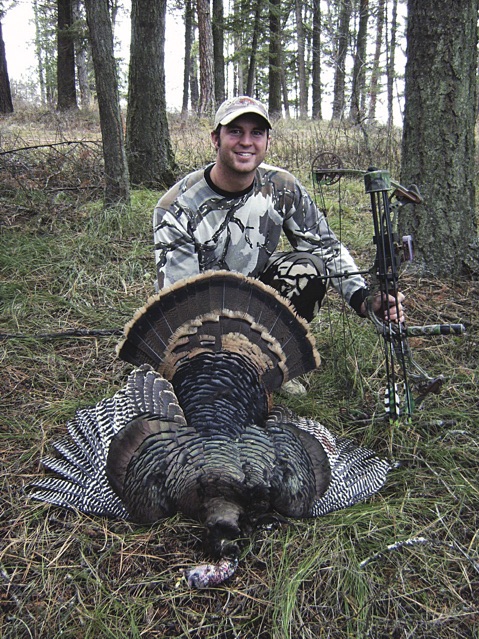
Calling turkeys is very similar to calling elk with a cow call. Some will gobble at just about anything and some will need some extreme coaxing. What I have found out over the years is this: Position is everything, and less is more when it comes to calling. As a general rule, if they are aggressive, be aggressive. If they are passive, try to make them aggressive. If that doesn’t work, it probably isn’t going to from the position you are currently in. Be patient and reposition. I constantly see people be too aggressive while calling. I think television has given folks a false belief that calls are magical and that animals will just jump in your game bag if you blow a certain call. Learn when to say it, and when not to say it. Remember, silence keeps game searching for your location.
Setup
I view turkey setups and elk setups very similarly. The only factor we don’t have to account for with turkeys is the wind. If you are hunting alone, setup is all about positioning. Get the high ground and get to the ideal spot before they do. They are going to pinpoint your calls and come to you if they are willing. However, if you are hunting with a partner, the setup can be separated. You still want to have an ideal position on the animal but have the caller fall back some distance. This gives a false impression that the sound is still some distance away, and the shooter can slip in closer and set up for a shot. It will reduce the risk of a hang-up just out of range. If the bird still hangs up, have the caller fall back farther, and sometimes this will pull them into range. I have heard this referred to as a retreat, drawback, or yoyo.
Decoys
Anyone who has watched turkey hunting on television knows that decoys work. The more realistic they are, the better. I have had them work extremely well and also had them hinder my success. Remember, when animals break the visual blockade, they expect to see the source of the sound.
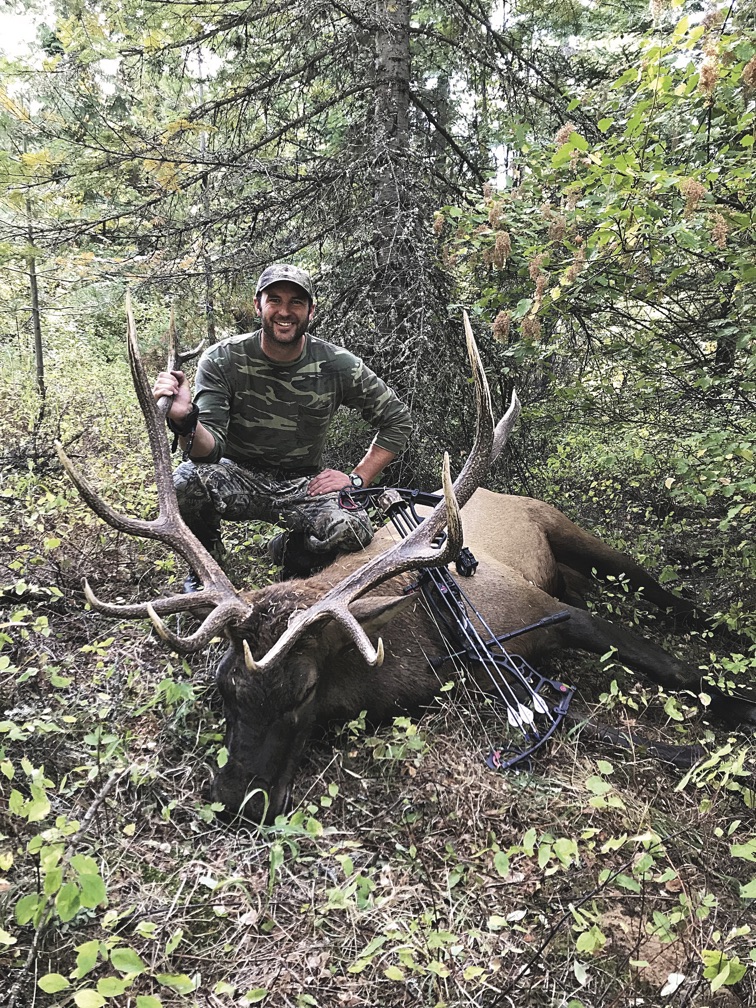
Once they have a visual, they will either commit to it or hang up. I believe your position and setup will make a big difference in how they react once they see the decoy. Also, do not get spotted trying to put them out. As I mentioned before, turkeys have great eyesight. If you are put in a situation where you might get spotted, don’t bother setting them up. Rely on your calling ability and position to draw them in.
Conclusion
Each year I see more and more new hunters gearing up for fall seasons. Most of them want to go from zero to 360 inches as fast as possible. What they lack are the basics that were instilled in most veteran hunters by some form of small game hunting early in their career. For myself, that came in the form of turkeys. For over 25 years I have crept, crawled, and called at what many hunters refer to as “dumb birds”. I believe turkey hunting was instrumental in my development and made me the hunter I am today. It has allowed me hundreds of days afield with family and friends to observe and learn about both hunting and wildlife. Every spring, the hunter in me is rejuvenated by the annual tradition of hunting turkeys with my family. So, when the snow starts to melt this spring, get out there and hone your craft. Remember, great hunters are made, not born…


